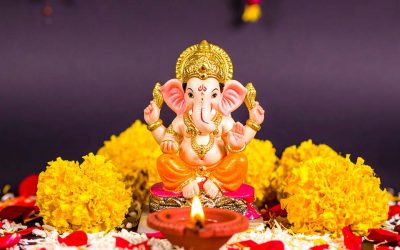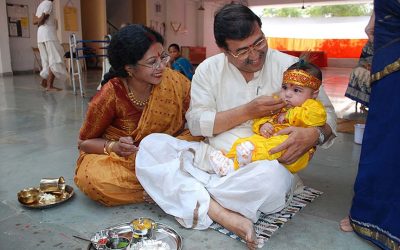The Sacred Fire of Healing: Understanding the Essence of Dhanvantari Homam
Introduction:
Dhanvantari Homam, a venerable Vedic ritual, is a profound invocation of Lord Dhanvantari, the celestial physician. Rooted in ancient wisdom, this sacred fire ceremony is a spiritual endeavor to harness healing energies for physical, mental, and emotional well-being. Let’s delve into the essence of Dhanvantari Homam, exploring its significance, rituals, and the transformative power it holds.
Significance of Dhanvantari Homam:
1. Healing Energies:
Dhanvantari is revered as the source of Ayurveda, the ancient Indian system of medicine. The Homam is a conduit to channel divine healing energies, seeking wellness on all levels of existence.
2.Dedication to the Divine Physician:
Participants in Dhanvantari Homam express their devotion to Lord Dhanvantari, acknowledging him as the harbinger of health and the alleviator of suffering.

Rituals and Ceremonial Practices:
1.Sankalpa – Setting Intentions:
The ritual begins with a sacred resolution or Sankalpa, where participants articulate their intentions for healing. This sets the tone for the ceremony, aligning individual aspirations with the cosmic energy.
2.Purification with Vedic Hymns:
The atmosphere is purified with the chanting of Vedic hymns, creating a sacred space for the divine to manifest. The resonating sounds infuse the environment with positive vibrations.
3.Offerings to the Sacred Fire:
Various offerings, including medicinal herbs, ghee, and grains, are made to the consecrated fire. Each offering symbolizes a prayer for healing and invokes the divine blessings of Lord Dhanvantari.
4.Recitation of Dhanvantari Mantras:
Participants chant specific mantras dedicated to Lord Dhanvantari, seeking his grace for the healing of physical ailments and the restoration of mental and emotional balance.
Transformative Power of Dhanvantari Homam:
1. Physical Healing:
The ritual is believed to have a direct impact on physical health, promoting recovery from illnesses and providing protection against diseases. The divine vibrations generated during the Homam contribute to overall well-being.
2.Mental and Emotional Harmony:
Dhanvantari Homam addresses not only physical ailments but also mental and emotional imbalances. The healing energies are thought to bring clarity, peace, and emotional stability to the participants.
3.Spiritual Upliftment:
Engaging in Dhanvantari Homam is a spiritual journey, fostering a deeper connection with the divine. The ritual encourages participants to transcend mundane concerns and embrace a higher state of consciousness.
Incorporating Dhanvantari Homam in Daily Life:
1.Ayurvedic Practices:
Embrace Ayurvedic principles in daily life, including a balanced diet, herbal remedies, and lifestyle practices that align with the body’s natural rhythms.
2. Mindful Living:
Cultivate mindfulness through practices like meditation, yoga, and conscious breathing. These techniques enhance the receptivity to healing energies daily. ]
3.Acts of Compassion:
Extend acts of kindness and compassion to others. Dhanvantari Homam emphasizes not only personal healing but also the importance of contributing positively to the well-being of the community.
Conclusion:
Dhanvantari Homam is more than a ritual; it is a profound journey toward holistic healing and spiritual evolution. By understanding its significance, actively participating in the rituals, and integrating its transformative power into daily life, individuals can experience a renewed sense of well-being, harmony, and a deeper connection with the divine healer, Lord Dhanvantari. May the sacred fire of healing continue to illuminate our path towards wellness and spiritual growth.






